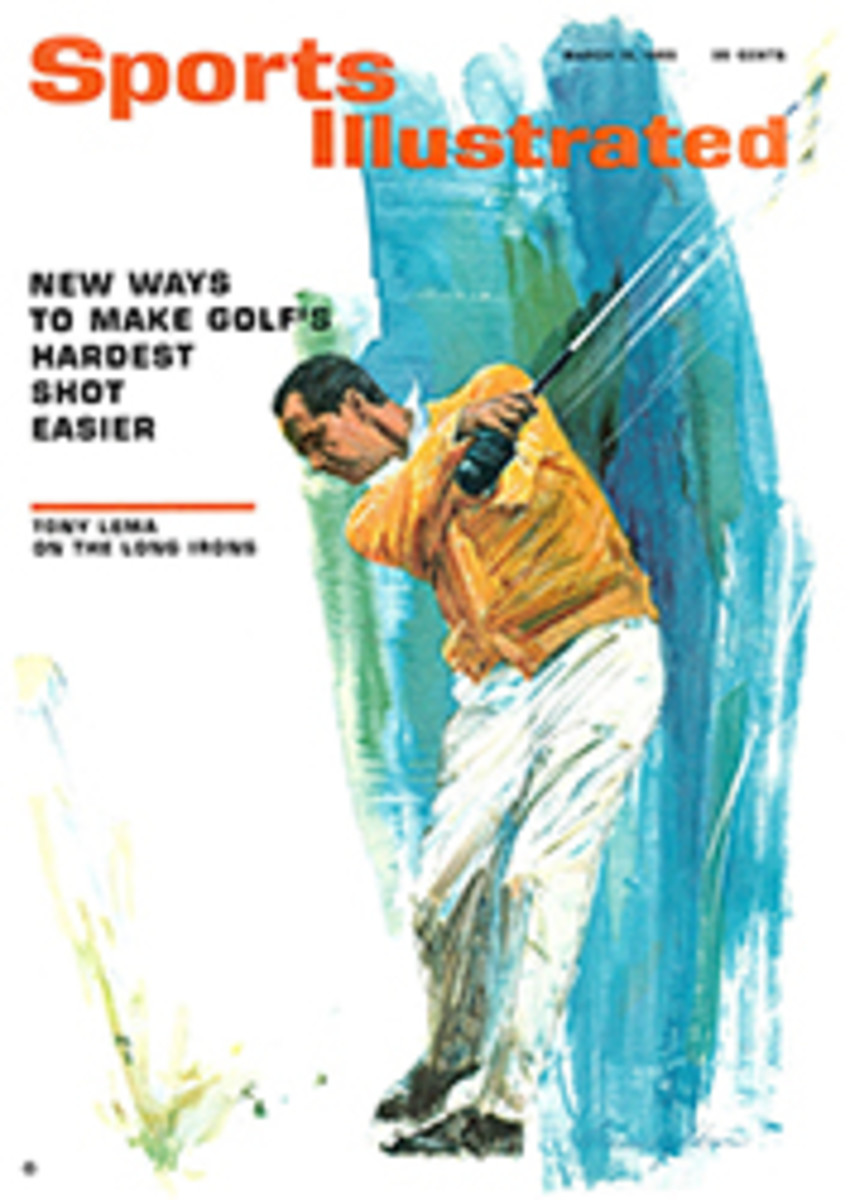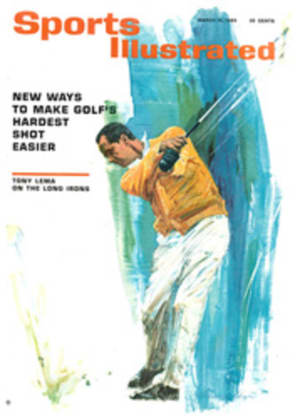
LETTER FROM THE PUBLISHER
In recent years one of the specific assignments of Gwilym S. Brown has been, in a sense, to have famous golfers teach him the game. After finding out the intricate details of how they get around courses better than the rest of us long-suffering players, Associate Editor Brown would put their theories on paper in the form of instructional articles. In this fashion he explored and set down for SPORTS ILLUSTRATED readers the subtleties of playing the wedge with Jerry Barber, the artistry of the driver with Mickey Wright, the delicacies of putting with Billy Casper and some 70 golf tips on all aspects of the game with Jack Nicklaus.
This week, happily for those of us who would as soon hit Sonny Liston as hit a long iron, Brown is at it again. In a story that begins on page 40, he collaborates with longtime friend Tony Lema (with whom he wrote a book on the life of the touring pro, Golfers' Gold) in a two-part series on the most troublesome golf shots of all.
Exposure to Brown may not have been a great help to the golf games of his subjects—though Casper did win three straight tournaments just after spending 11 hours showing our man how to stroke a putt—but it has had an effect on Brown's own golf game, and a somewhat disquieting one at that. He is a track man at heart, and when he took up golf 10 years ago he brought to it the same purposefulness that he does to his 12 miles a week at the YMCA. He played his first 18 in 1956 on a little 5,000-yard course in Pawling, N.Y. and shot 134. After that, neither ice, snow nor good sense kept him from continuing to play right through New York's winters, and he was down in the 80s soon enough. That is where he still is.
"All I've really done," he claims, "is change from a man who often sliced to a man who usually hooks. Not that it's the pros' fault. It's just that the whole—my game—is greater than the sum of its parts, the bits of instruction I've gathered. Ask a centipede to explain how he walks and he'll never be able to walk again."
Brown found that quite often he had to tell the experts what they were doing, that is, to explain their systems to them—in lay language as opposed to the tournamentese they speak. Now, when playing, he finds himself thinking in their language instead of his own, which is not much help when he needs a quick decision somewhere at the top of his backswing.
Gwil Brown is convinced there is only one way for him to improve his own golf. "Practice," he says. "In fact, I'm working on a new idea for another instructional. It will be a two-parter. Part One will tell the deskbound golfer how to free himself from his daily chores, get to the driving range and practice until he has blisters on his hands. Part Two will tell how to cure blisters."
Sorry, Brown, but you won't have time. We have an idea for an instructional on the double-flanged chip iron that we....
PHOTO
EXPERT BROWN GIVES EXPERT LEMA A HAND

